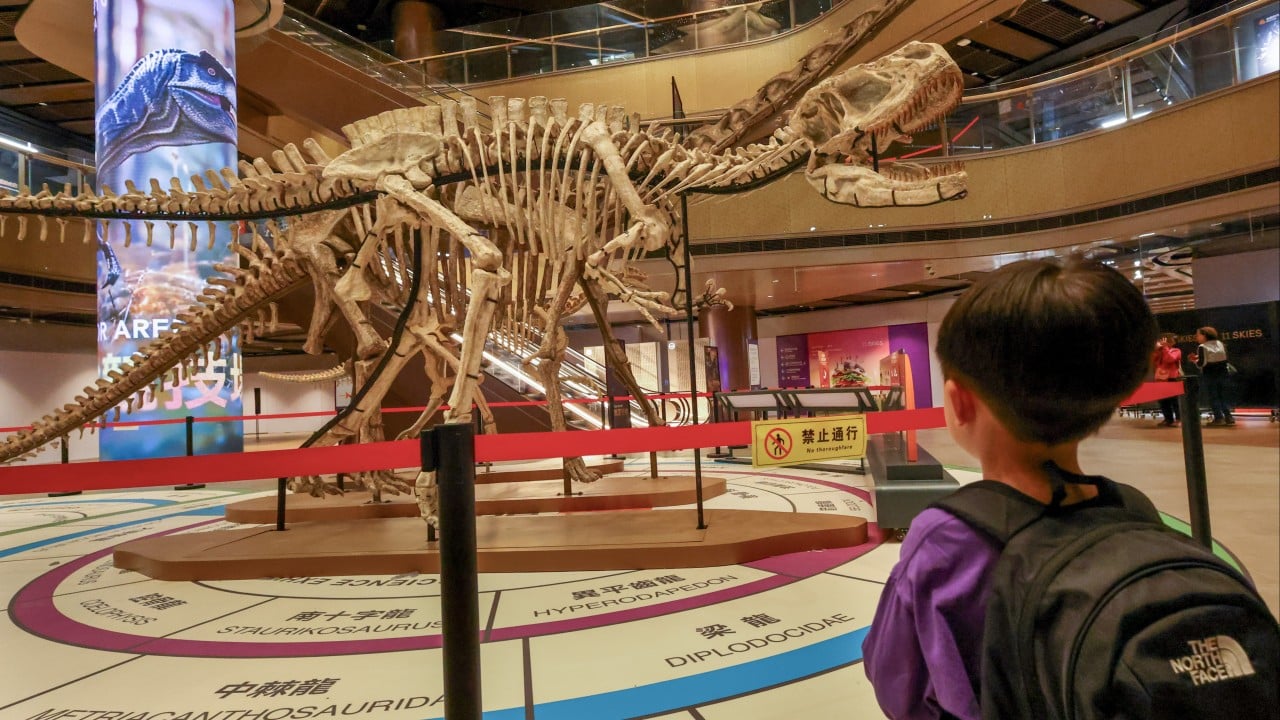Published: 4:30pm, 22 Jul 2025Updated: 7:01pm, 22 Jul 2025
Few people know that the great auction houses of the United States and Europe are not only some of the world’s largest brokers of fine and decorative art, jewellery and collectibles, they are also catering to the booming demand for prehistoric fossils. Auction houses are involved in selling these specimens to rich private collectors.
Advertisement
Last week, a juvenile specimen of Ceratosaurus nasicornis, one of four skeletons of the ancient species known to exist, was auctioned off by Sotheby’s for US$30.5 million.
During many of these sales, it isn’t clear who is purchasing the fossil and where it might eventually end up. Some argue that these kinds of sales increase philanthropy in fields such as palaeontology.
Take Christie’s 2020 sale of “Stan” for example. The nearly complete Tyrannosaurus rex specimen changed hands for a record-breaking US$31.8 million. After the mystery sale, there was much speculation over its fate, and palaeontologists were relieved when Stan found its home at the Natural History Museum Abu Dhabi, expected to be completed this year.
The Stegosaurus skeleton “Apex” was sold at a Sotheby’s auction for a staggering US$44.6 million in July 2024, the most expensive auctioned dinosaur fossil. It was bought by Kenneth Griffin, founder and CEO of the hedge fund Citadel, who in turn loaned it to the American Museum of Natural History in New York for four years.
Advertisement
In addition to T.rex fossils, auction houses have sold skeletons of Triceratops, Diplodocus, Allosaurus, Stegosaurus and the extremely rare and birdlike Deinonychus.

